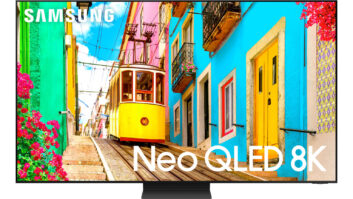AUSTIN, TEXAS – Discount pricing remains the most popular pricing strategy among retailers, a new study shows, although product bundling and “belowcompetition” pricing are employed nearly as frequently.
The report, by Gartner subsidiary Software Advice, also found that most retailers use more than 10 pricing strategies in their go-to-market plans, and that more than half use software to help manage the pricing programs.
Among the 395 U.S. and offshore retailers surveyed, spanning virtually all channels of distribution and tiers of revenue and store count, 97 percent said they employ discounting. Discounting is defined by Software Advice as “discounts based on product quantity, customer loyalty or tied to specific promotions … used to increase traffic or encourage customers to return to a store.”
Tied for second place at 90 percent each was bundling – especially popular in the CE and majap channels – and below-competition, which Software Advice defined as “products priced lower than the closest competitor … useful to meet specific short-term goals.”
Another popular pricing strategy, cited by 85 percent of respondents, is to simply use the manufacturer’s suggested retail price (MSRP), which can convey product quality and maintain margins and brand perception, the software consultancy said.
The fifth most common pricing strategy is “odd pricing,” employed by 78 percent of retailers. In this approach, which plays on shopper psychology, price points end in odd figures, such as 97 cents, to create the perception of greater value.
To this basket of strategies, specialty retailers add “price lining” and dynamic pricing. The former, comparable to step pricing, sets prices to create distinct categories of products, signaling a level of quality to the customer, Software Advice explained.
The latter, most famously employed by Amazon.com, is a technology-driven strategy in which prices change on the fly based on competitors’ pricing and the willingness of the customer to pay.
Not surprisingly, dynamic pricing ranked high among e-tailers’ list of most effective pricing strategies, placing fourth behind discounting, below-competition and bundling.
Another pricing strategy, everyday low pricing, or EDLP, is commonly used by national big-box chains like Walmart and Target. While EDLP helped grow Walmart into the world’s largest retailer, it requires price concessions from suppliers and manufacturers, limiting its use to large companies that can place massive orders.
Yet another approach, dubbed high-low, sets pricing above market levels while offering rolling discounts on select items to draw traffic. High-low pricing is most often found within the department store channel.
Software Advice found that 52 percent of respondents employ more than 10 pricing strategies, while only 1 percent stuck to one or two approaches. Retailers use different strategies to meet various goals, such as targeting different customer groups, selling more units or raising gross margins.
To help juggle the various programs, and to engage in dynamic pricing, 51 percent of respondents said they use pricing management software. Of those, 61 percent said the software is part of their retail management or POS systems, while 39 percent use a standalone pricing management application.
The full report is available here.
Software Advice, based here, offers detailed reviews, comparisons and research to assist software buyers. It was acquired one year ago by global IT research group Gartner.













